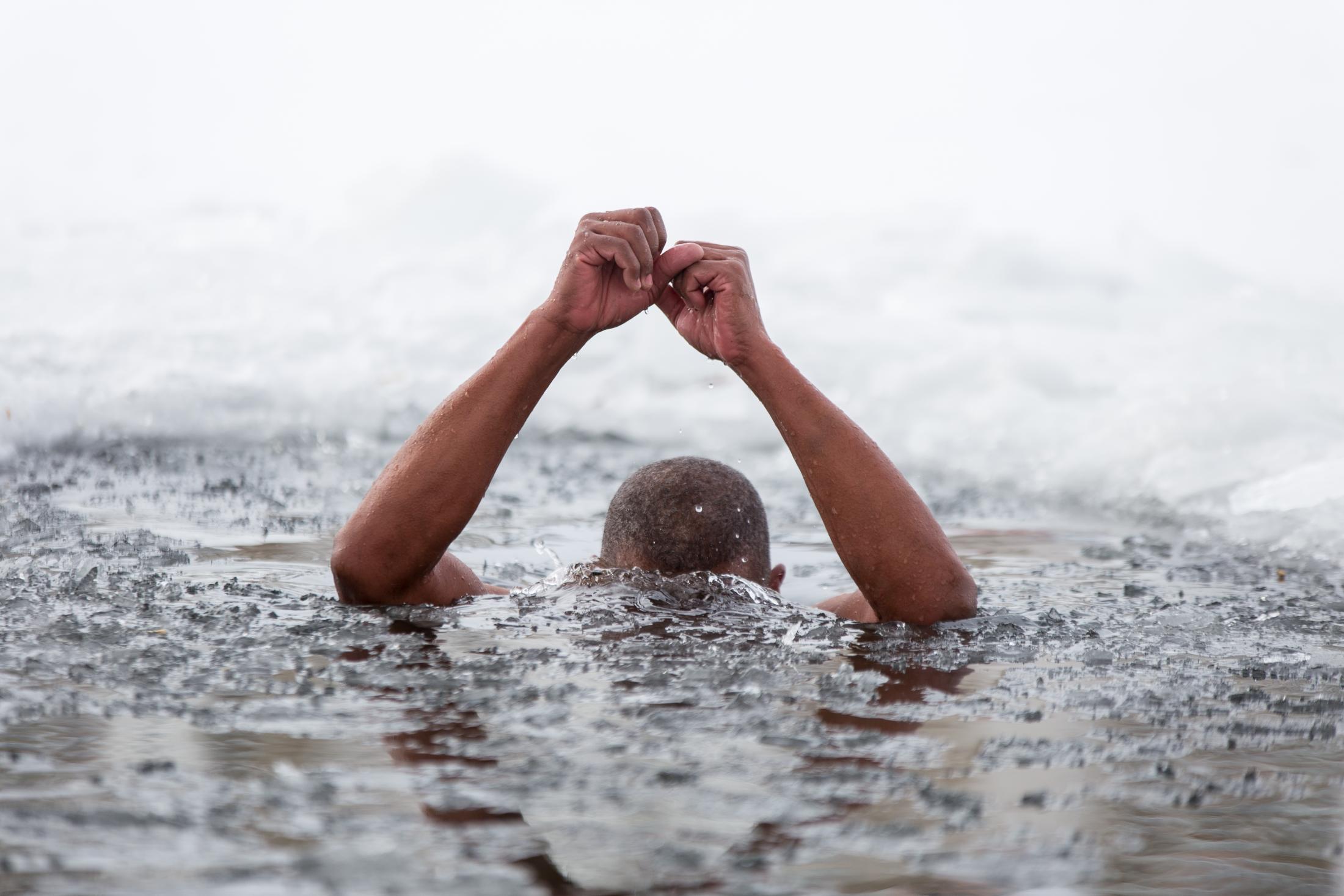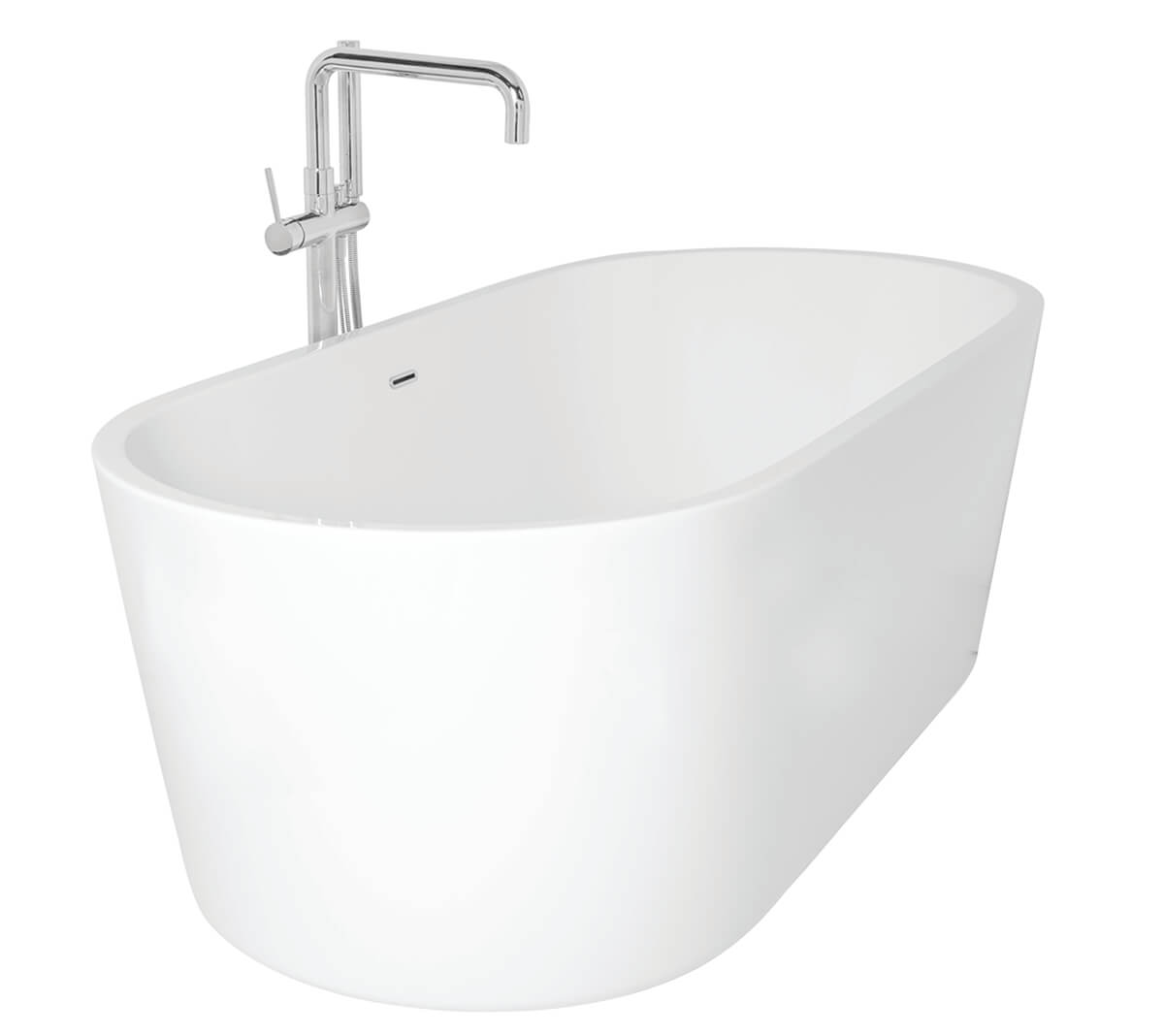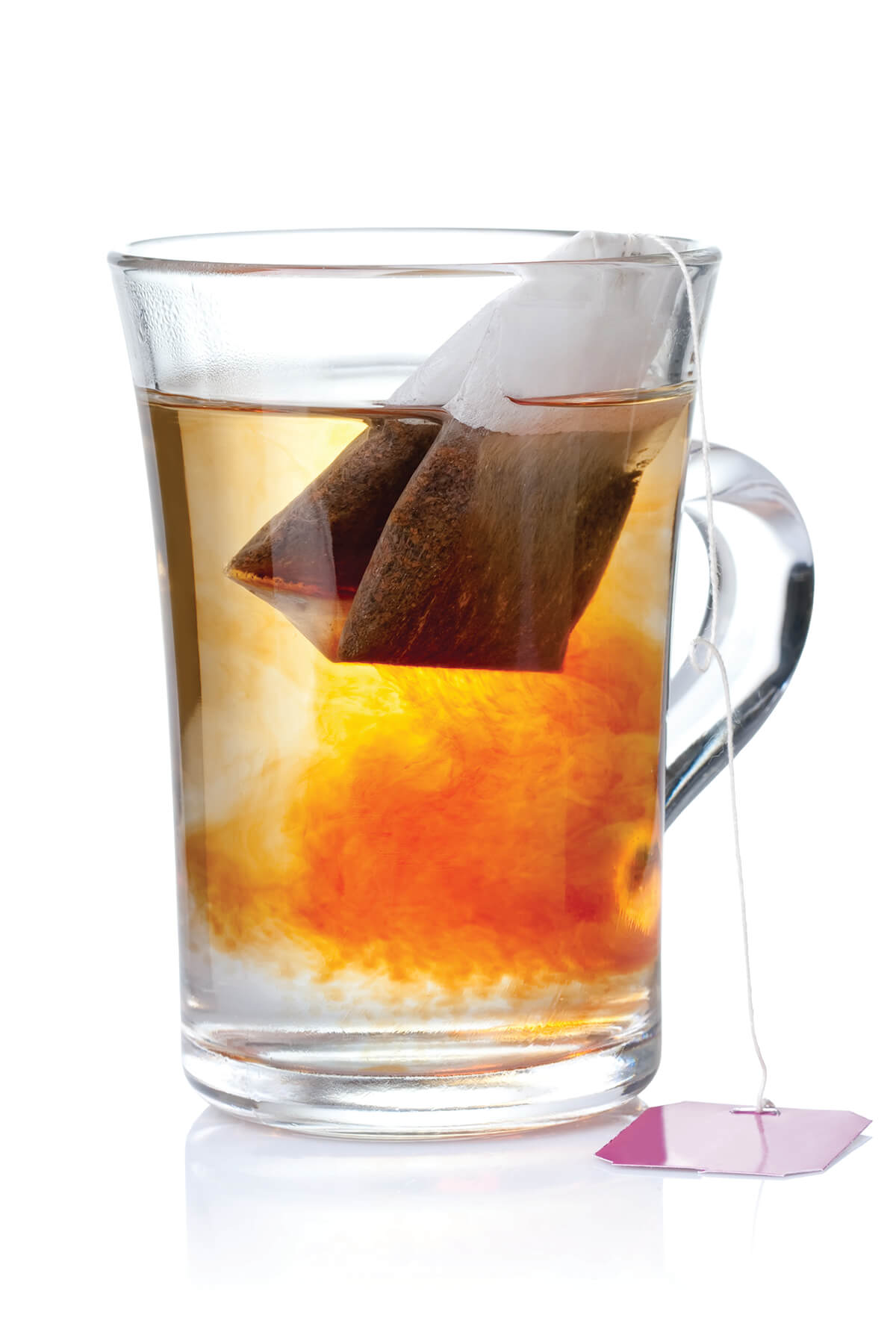Health & Wellness
Why is Everyone Plunging in Ice Baths Right Now?
We asked Sharon Schmitz, wellness director of THE pearl: modern spa and boutique, if cold exposure really lives up to the hype.

A refreshing dip in the pool sounds relaxing. Submerging entirely into a container of ice? Not so much. But lately, the trend has taken over social media, so we had to get to the bottom of it. We asked Sharon Schmitz, wellness director of THE pearl: modern spa and boutique, if ice baths really live up to the hype.
What is an ice bath?
Cold exposure, by ice bath or through a cold plunge, is the practice of fully submerging the body in water at 59 degrees or less for physical and mental health benefits. The body’s natural response to the cold temperature causes the blood vessels to constrict to conserve heat, which leads to improved circulation, lower blood pressure, and can contribute to longevity. Athletes and those suffering from physical ailments can also find relief because it decreases inflammation, boosts injury recovery, promotes lymphatic drainage, reduces swelling, and helps to relieve aches and pains.
Cold immersion can spike dopamine, the feel-good hormone, and provide a rush of endorphins. Many people report that regularly exposing themselves to an uncomfortably cold temperature has helped them build courage, discipline, and resiliency when facing challenges, developing skills to manage stress more effectively. The immune system also benefits as it’s shown to increase the production of white blood cells that act to fight illness and infection.
What is the experience like at a spa?
At a spa, there is the added incentive of additional amenities that increase the body temperature before and after cold water immersion, also known as contrast therapy, which can further increase circulation and decrease inflammation. Saunas, steam rooms, and hot tubs can make it easier to work up to entering the cold. Many clients like to warm their bodies as much as possible to entice themselves to cool off in the cold water and may quickly return to these warm environments after. Pairing cold water therapy with another spa service, such as a therapeutic massage, can provide even more stress and pain-relieving benefits.
If re-creating at home, what supplies are needed?
To create an at-home experience, you will need a tub large enough to submerge your body, a thermometer, water, and ice. You may find a timer helpful and want a towel and dry clothes after. Many companies also sell a cold plunge tub for at-home use if you plan to use it often. The recommended temperature for an ice bath is 39-60 degrees Fahrenheit. When you are first starting, you may want to start at a higher temperature and work to lower it over regular sessions.
What techniques can be used to increase our cold tolerance?
Intentional breathing can work to calm the nervous system. Activate the parasympathetic nervous system by cycling through deep, full inhales and exhales. Begin with two to three minutes, trying to make each exhale longer than the inhale. Regulating this way before and during plunging will achieve the best results. When you enter the cold water, hold your breath on an exhale. Once submerged, try combining your exhales with humming. This boosts nitric oxide levels, which makes cells more receptive to oxygen. Many people start their cold water immersion journey with cold showers; increasing the time spent each day while practicing breathing techniques can help prepare the body and mind for fully submerging. Afterward, a hot cup of tea can help to warm you up.
How often and for how long should we cold plunge for maximum results?
Those with specific goals or health issues they are treating might want to cold plunge several times a week, up to daily, for maximum results. The colder the temperature, the less time you need to spend in the water. For water between 40-50 degrees, a two to three-minute plunge will deliver many benefits. Be on the lookout for the shiver response: once your body begins to shiver, that is your cue that it has had enough, and it is time to get out. Most research shows you can achieve all the benefits you need by plunging for two to three minutes three to four times a week, but consistency yields the best results.
Is there any risk or side effect from ice baths?
Exposing the body to cold temperatures does place stress on the body. People with heart, blood pressure, or other circulatory issues shouldn’t try cold plunging without consulting their doctor first. People with nerve disorders like diabetic neuropathy should consult their doctors, too. Cold plunge can be stimulating, so while the effects of the immersion can lead to better sleep, it is not recommended too close to bedtime.
WHAT YOU NEED:

A tub: You need a tub or pool large enough to lie in.

Timer: You likely don’t want to spend more time than you need to in cold water—a timer can help.

Tea: A soothing hot cup of tea can help warm you up after your plunge.